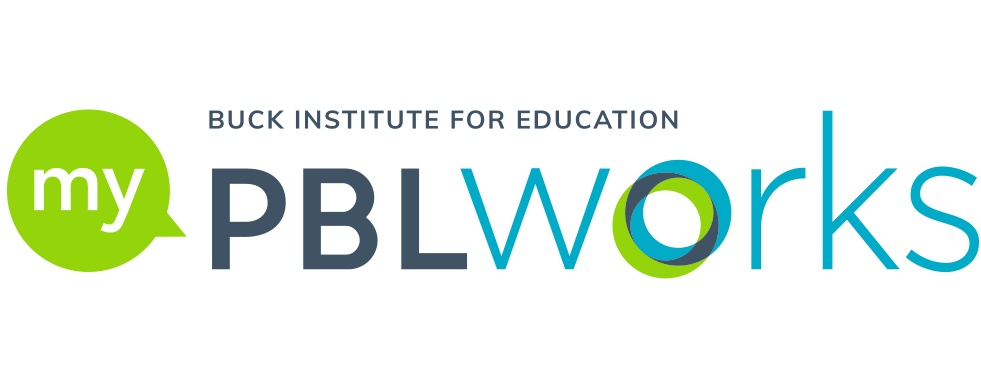Interdisciplinary Projects: 3 Protocols for Finding Curricular Connections
Much of my coaching time involves helping individual teachers brainstorm or develop great projects in their own subject area, but more and more I find myself working with teams of teachers who want to try and plan a big, interdisciplinary project that encompasses multiple, seemingly disparate, subject areas. My home district for example has recently made cross-curricular Project Based Learning part of their Local Control and Accountability Plan goals for the state of California, and a strategic priority for every teacher.
There are many other districts where this kind of instructional thinking is already the norm. I have been lucky enough to work with some truly amazing teachers and schools in Jefferson County Public Schools in Louisville, Kentucky. Many of the schools in this district show a high level of commitment to interdisciplinary projects and practices, but it’s especially strong at the high schools that offer CTE (Career and Technical Education) programs that combine traditional academics with career pathways such as emergency response, finance, and automotive repair. For these schools, the integration of traditional academics like math and science into CTE courses is crucial because it helps reinforce the authenticity and relevance of what students are learning in the classroom at the same time they make real-world connections.
To view or download this resource, log in here.
Login